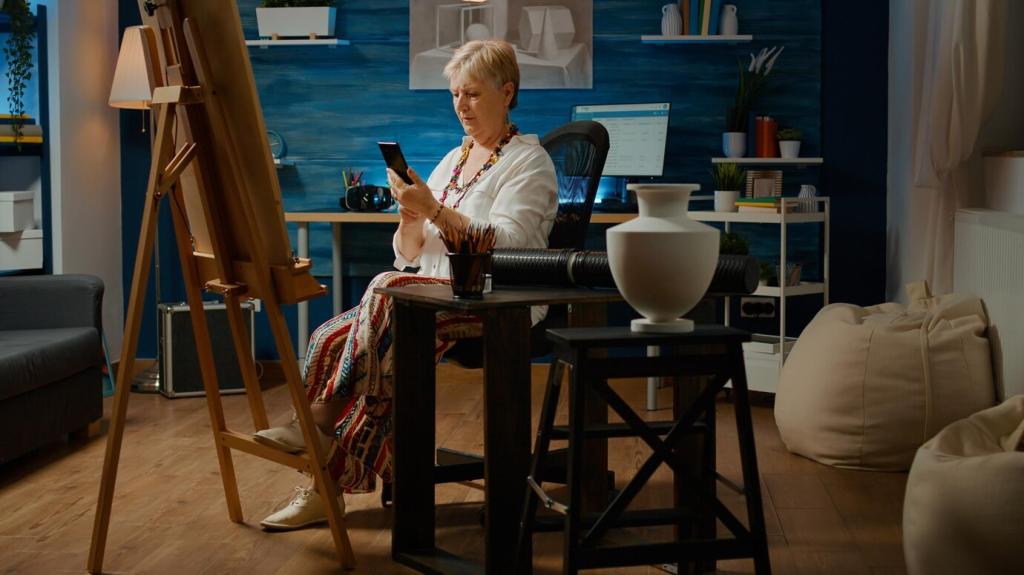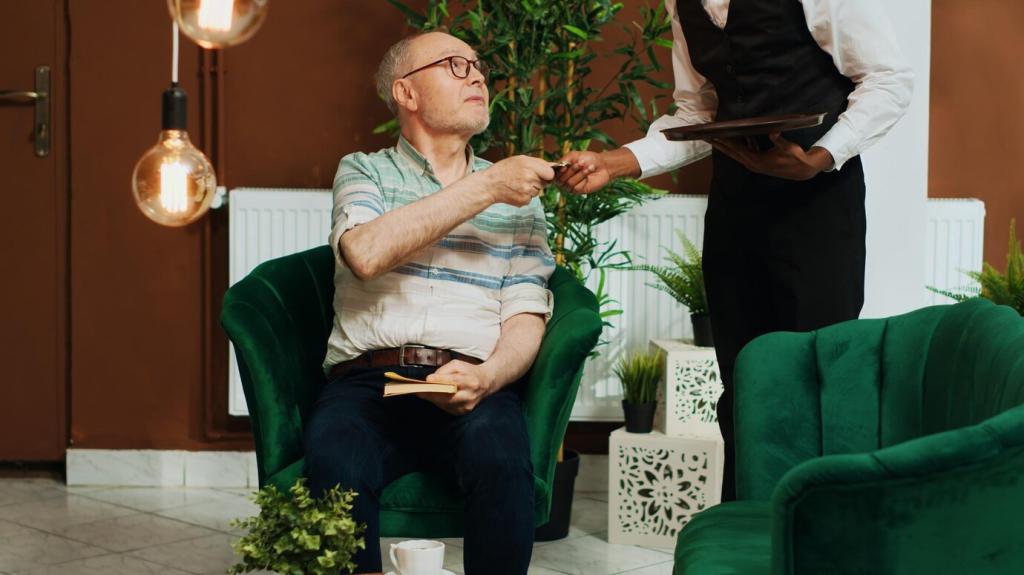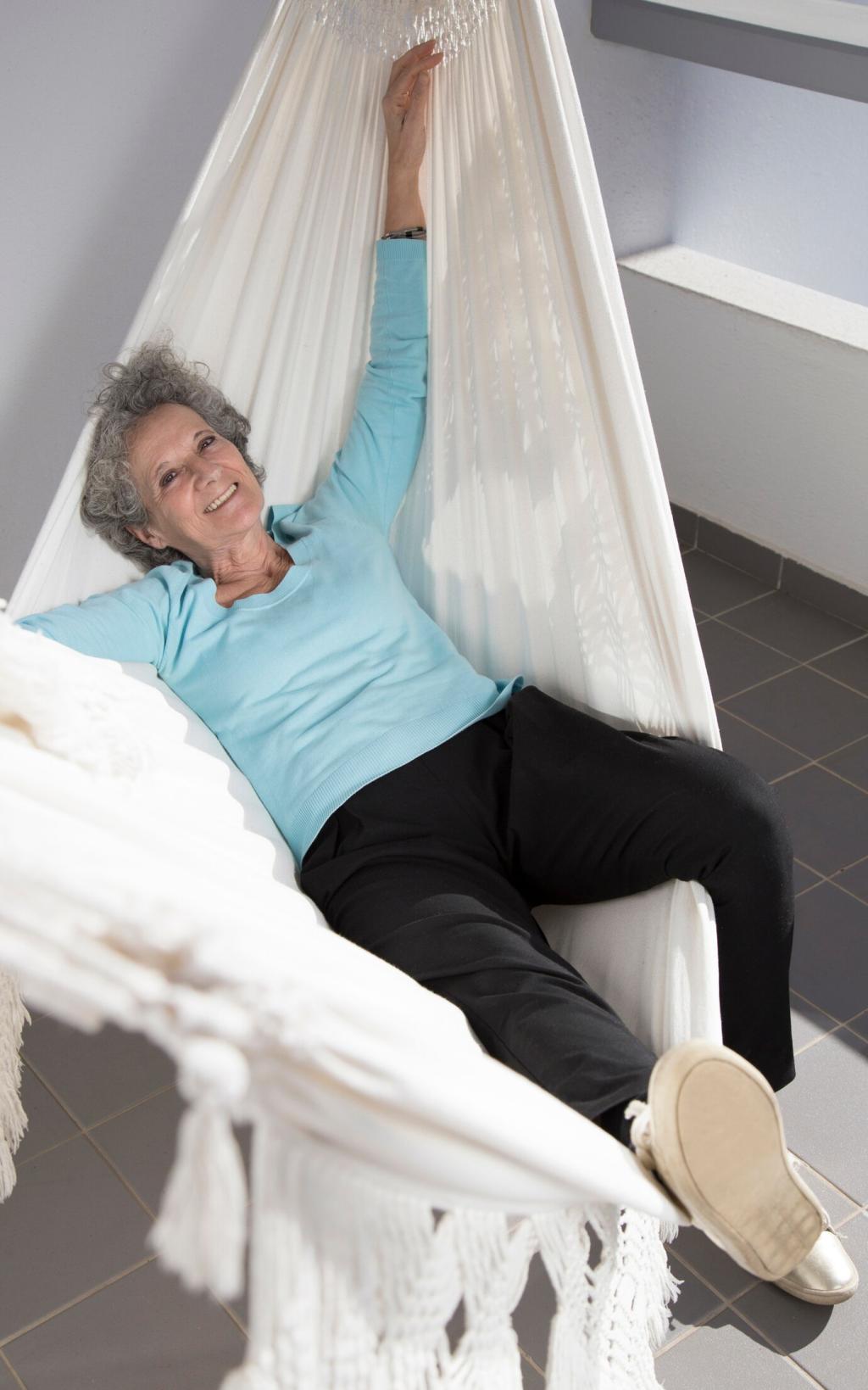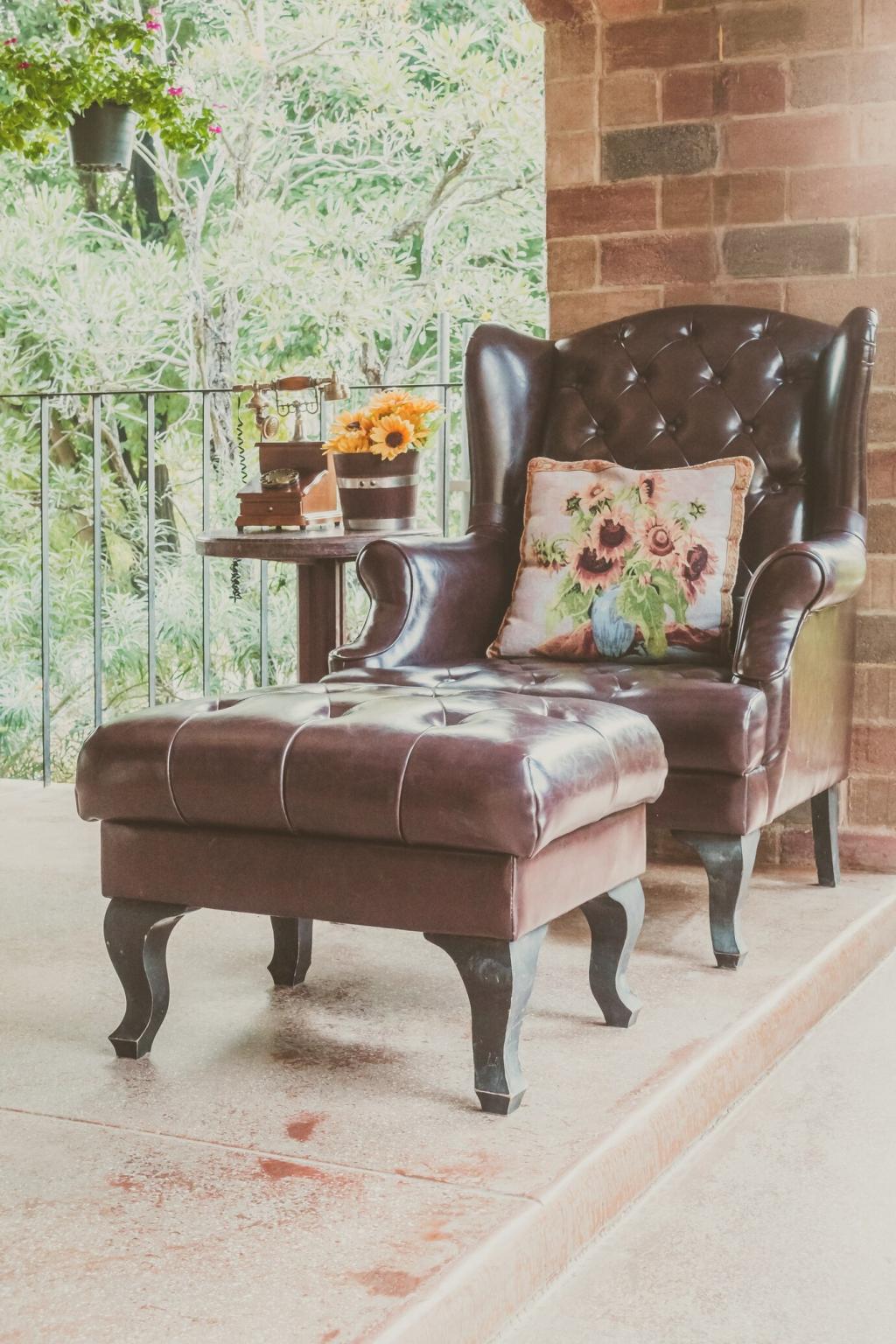
Essential Oils for Wooden Furniture Care: Bring Back the Glow
Chosen theme: Essential Oils for Wooden Furniture Care. Discover practical, gentle methods to revive luster, nurture finishes, and scent your home with subtle, natural aromas—without risking build-up, streaks, or damage.
Identify the Finish to Protect the Patina
Different finishes behave differently with essential oils. Polyurethane, varnish, shellac, lacquer, and oil-wax finishes each resist or absorb oils uniquely. Consult maker guidelines, check care labels, and always test discreetly first.
Why Dilution with Carrier Oils Matters
Essential oils are highly concentrated. Always dilute in stable carriers like jojoba, fractionated coconut, or cosmetic mineral oil to under one percent. Dilution tames potency, reduces finish risk, and ensures even, controllable application.
Patch Testing: Small, Hidden, Patient
Choose a hidden area, apply a tiny amount of your blend, then wait a full day. Check for dulling, stickiness, or color change. Only proceed if the finish remains perfectly sound.
Essential Oils That Play Nicely with Wood
Cedarwood: Warm, Resinous, and Moth-Repelling
Cedarwood’s dry, woody note pairs beautifully with old chests and modern cabinets alike. In low dilution, it refreshes scent without overwhelming. Many readers love it for closets and heirloom drawers.
Lavender: Calm Aroma, Gentle Helper
Lavender doesn’t strip or scour; it softens the room’s mood. Blended lightly with cedarwood, it makes buffing feel like a mindful ritual, perfect for evening tidying sessions and quiet, unhurried care.
Sweet Orange or Lemon: Bright Degreasers—Use Wisely
Citrus oils lift oily fingerprints, yet their solvent strength can challenge delicate wax or shellac. Favor sweet orange over sharp lemon, keep dilution very low, and always buff thoroughly to a dry finish.



Safety, Science, and Common Myths
Shine comes from smooth surfaces and patient buffing, not heavy coatings. Over-application traps dust, invites streaks, and dulls sheen. Think whisper-light layers, well-buffed, with ample clean cloths.
Technique: From First Wipe to Final Buff
Face the window and let raking light reveal streaks or haze. Move your cloth with the grain in long, patient passes. This minimizes micro-swirls and leaves a calm, even glow.
Technique: From First Wipe to Final Buff
Switch cloth sides frequently to avoid re-depositing residue. Use barely-there pressure and let the cloth glide. The finish should feel dry, never tacky, within moments of the final buff.



Troubleshooting Real-Life Messes
Try a warm, dry cloth and gentle circular buffing. For persistent white rings on finished surfaces, a tiny touch of soft wax polish often resolves haze—follow with a cedar-lavender buff.
A Story from the Cedar Chest
I mixed jojoba, a hush of cedarwood, and a sigh of lavender, then breathed with the grain. The lid sighed back, warm again, like someone finally opened a long, careful letter.
A Story from the Cedar Chest
Ten minutes, a soft cloth, and a quiet playlist turned care into companionship. The wood seemed to listen. Try it this week, and notice how the room’s mood shifts afterward.


Join our mailing list
